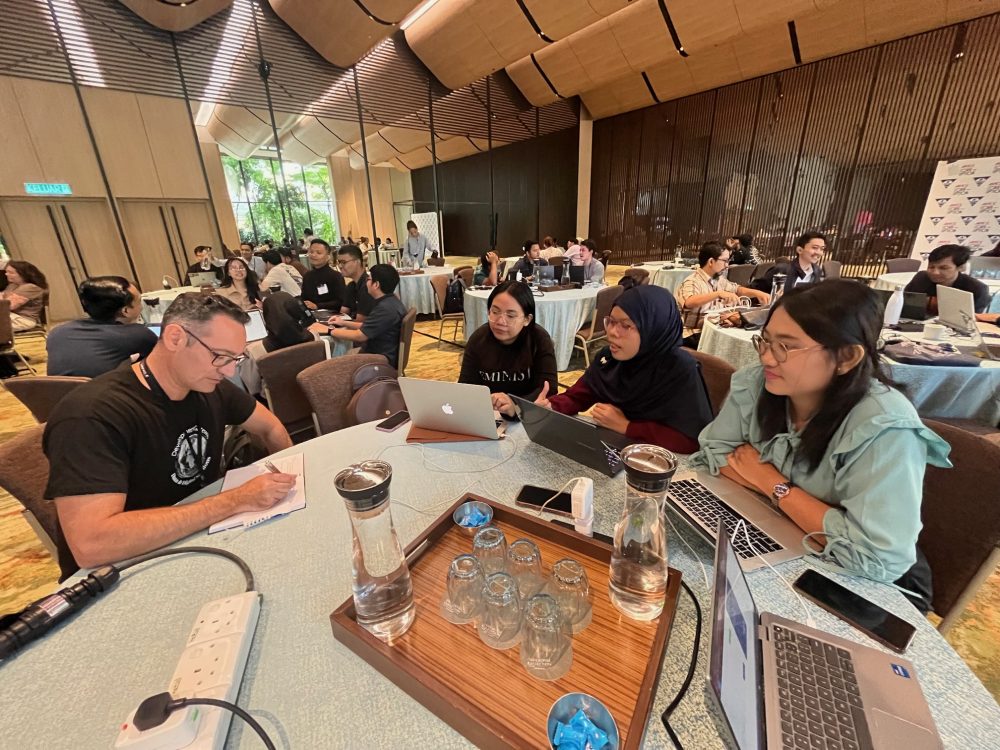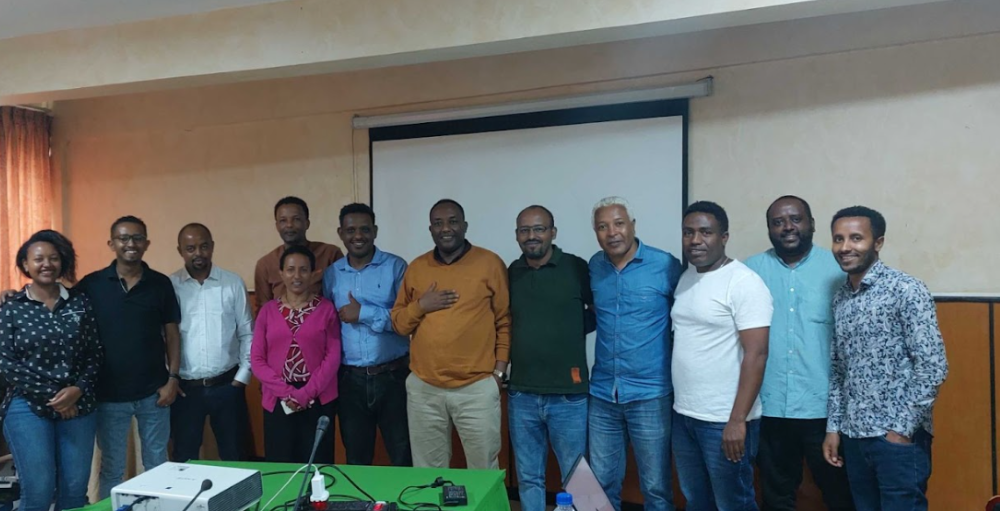Beyond Finance and Planning: AIMS Across Sector Ministries
In nearly 15 years of implementing aid management programs, we’ve seen a number of shifts in who uses aid data and how they use it. So we sat up and took notice of this quote from the latest ODI blog post:
“Historically, finance ministries have been seen as the champions within government for managing and using aid data. Generating useful information from aid data flows requires significant effort. Yet for many finance ministries the benefits of this information is declining as (i) the relative importance of aid declines as a proportion of total revenue and (ii) budget support declines, meaning they have direct control over a smaller proportion of the overall aid.
By contrast, for a health ministry, decisions by large donors like the Global Fund can have massive implications for their ability to deliver upon their objectives. Going forward, sector ministries – and the organisations they interact with – are likely to be more natural champions for interrogating aid data.”
ODI’s observation rings true to our recent experience maintaining, improving, and launching Aid Management Program (AMP) platforms. Many countries with aid information management systems (AIMS) are seeking to increase the reach of those systems beyond their traditional place in finance and planning ministries, into sector ministries. Systems long viewed as most practical for administration and budgeting have a lot to offer – and to learn – in the broader government context.
With great opportunities…
Sector ministries – ministries of health, agriculture, or education, for example – are particularly keen to know if the AIMS holds information about off-budget projects which bypass government finance mechanisms altogether: for instance, a community health project implemented by an NGO with funds from abroad. (It’s estimated that as much as 80% of nutrition funding globally is provided off-budget.) And as ODI points out, the benefits go both ways: engaging a new, diversified group with aid data means a larger pool of actors who can invest in analyzing it to make better data-driven decisions.
… come great challenges.
Despite the potential benefits, encouraging government-wide use of an AIMS is not that straightforward. Sector ministries often have their own ways of tracking aid financing, usually via an on-hand tool like Excel; they may even have information on projects that the Ministry of Finance or Planning doesn’t know about, which aren’t tracked in the AIMS. And as anyone who’s worked in an office can tell you, people are generally not keen to abandon familiar ways of doing something in favor of something new.
This tendency holds particularly true given that the data that sector ministries need and want is generally far more detailed than what the AMP contains. Information found in country AIMS or published via the IATI data standard focuses on high-level data like financial commitments and disbursements. As you can imagine, ministries coordinating nutrition programs or fertilizer subsidies need more thematic, detailed data. The question then arises – how might we convince a Ministry of Finance to collect data they themselves won’t use, much less do the same for multiple ministries?
Likewise, it’s challenging to convince sector ministries to expend the effort to add their data to AMP when their stake in the system is low. Even in the age of open data, the question of system ownership matters to government players.
There can also be so-called perverse incentives for sector ministries not to report or use AIMS data. For example, when sector ministries deal directly with development partners and bypass the Ministry of Finance or Planning, they can effectively hide the amount of funding they are receiving from development partners, in order to maximize their budgets.
So, what are some practical solutions to make this happen?
Conversely, systems and processes can also be used to encourage shared use and buy-in of AIMS. In Moldova, for example, ministries are required to enter data into AMP in order to receive a tax exemption for project expenses. And in Côte d’Ivoire, the Ministry of Economics and Finance involved sector ministries in the AMP from the very beginning: ministries were invited to provide feedback and help define how the tool and processes should work.
The Côte d’Ivoire team also flipped the structure of its AMP data collection process: prioritizing information from sector ministries, then supplementing with data from development partners. In a reversal of how many aid management programs are structured, sector ministries take the lead in providing data to the AMP, and include progress updates that aren’t normally captured in purely financial reports. Development partners then fill in information only on off-budget projects. This has been very successful in driving shared ownership and a stronger aid management program. We suggest this model as one many countries could adopt, to accomplish what ODI suggests: greater involvement of sector ministries in tracking aid data, ultimately resulting in more use of that data to drive decision making.
Share This Post
Related from our library

DG Developing Open Source AI Tool to Help with the Fight against Corruption
We’re excited to announce our forthcoming open-source AI tool to support anti-corruption work. The tool, which we hope to register as a Digital Public Good, will be used to extract text from complicated contracts and support anti-corruption efforts by increasing accessibility of and transparency around hard-to-access information.

Three “Hacks” in Advancing Anti-Corruption Work To Strengthen Accountability
Since partnering with Accountability Lab (AL) on HackCorruption in 2023, staff from Development Gateway: An IREX Venture (DG) and AL have mentored teams from the hackathons hosted by the project, which is aimed at leveraging innovative digital tools to identify and fight corruption. After serving as the mentorship team for hackathon winners, DGers Gabriel Inchauspe and Kelley Sams, along with AL’s David Sada have identified three hacks in mentoring anti-corruption change-makers and ultimately, furthering transparency and accountability through the creation and use of digital tools.

aLIVE Program Reaches Milestone: Livestock Data Standards Endorsed by Ethiopia’s Ministry of Agriculture
In early 2024, the "a Livestock Information Vision Ethiopia" (aLIVE) governing committee endorsed a comprehensive set of standards to guide the collection, storage, and maintenance of livestock data in Ethiopia (i.e., a data standard). The data standard specifically focuses on standardizing data on cattle, sheep, goats, and camels in the country. The National Livestock Data Standard document contains standardized data sets for national animal data recording, animal disease, diagnosis, treatment, vaccination recording, animal events recording, location, and other additional attributes.